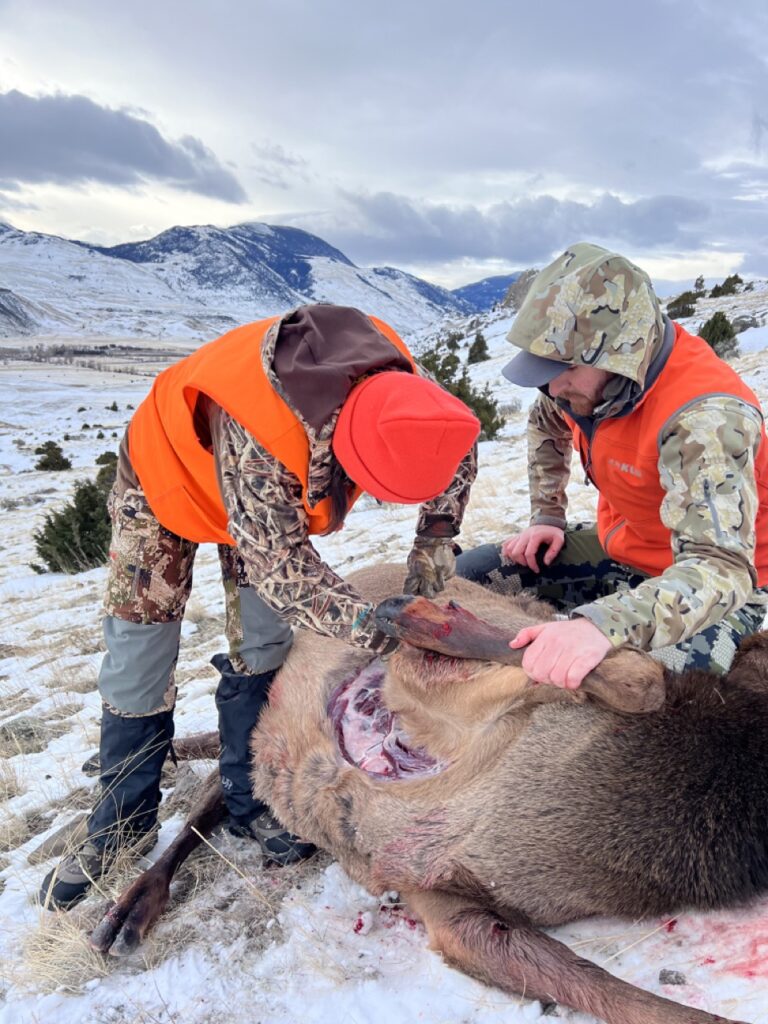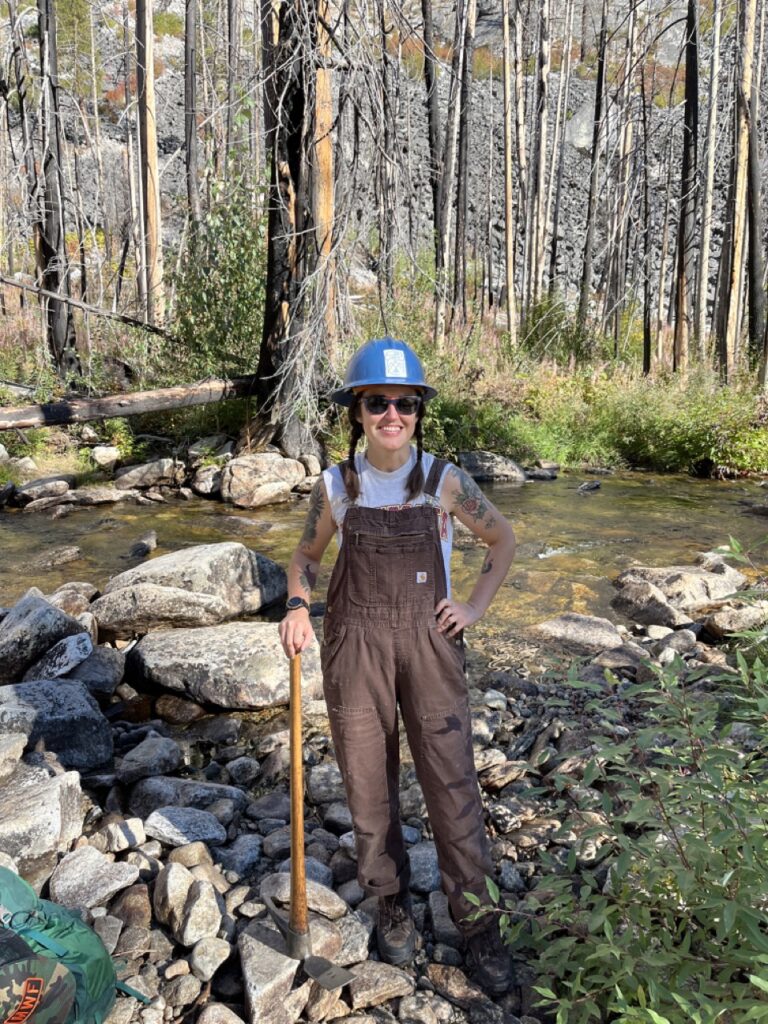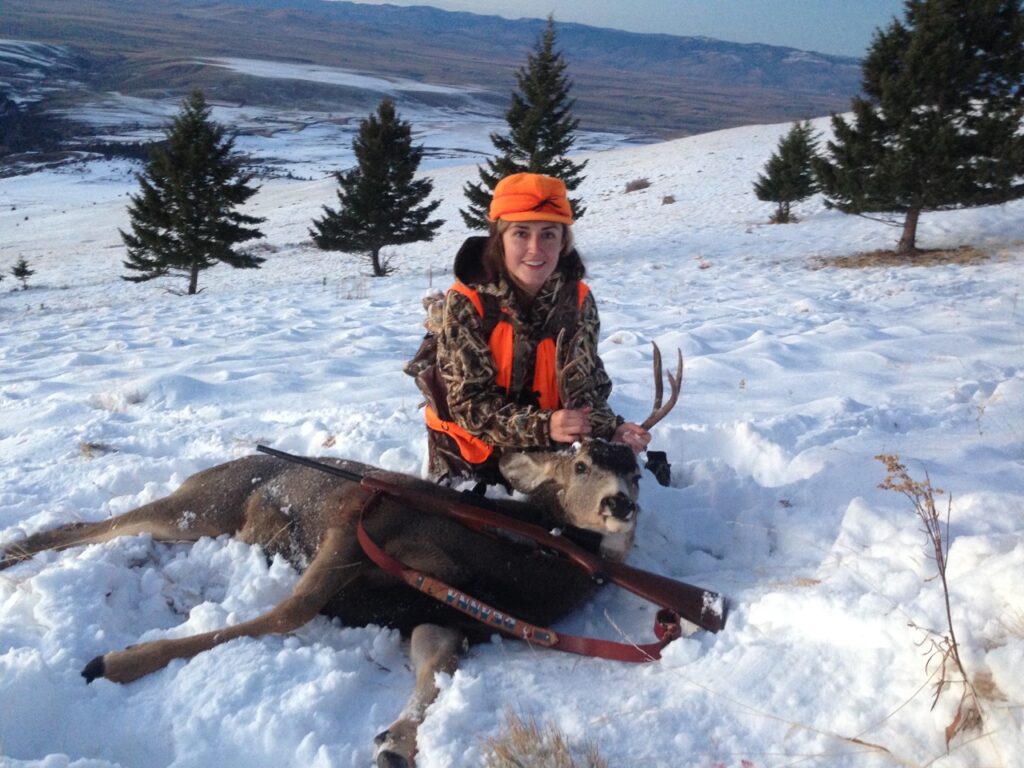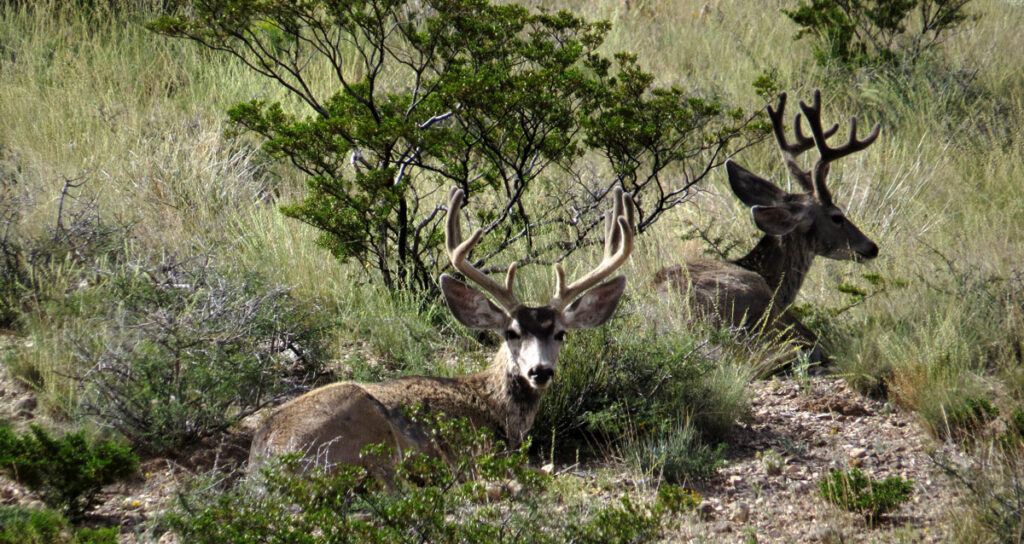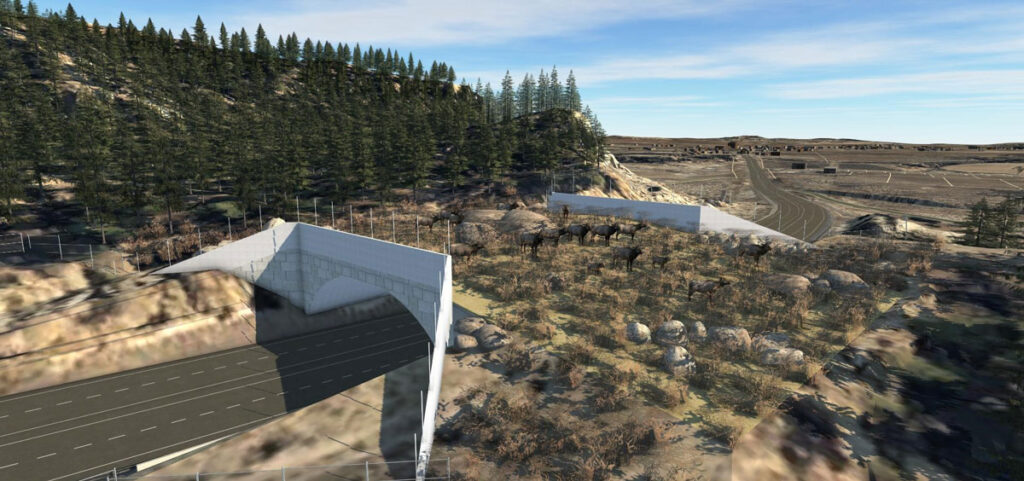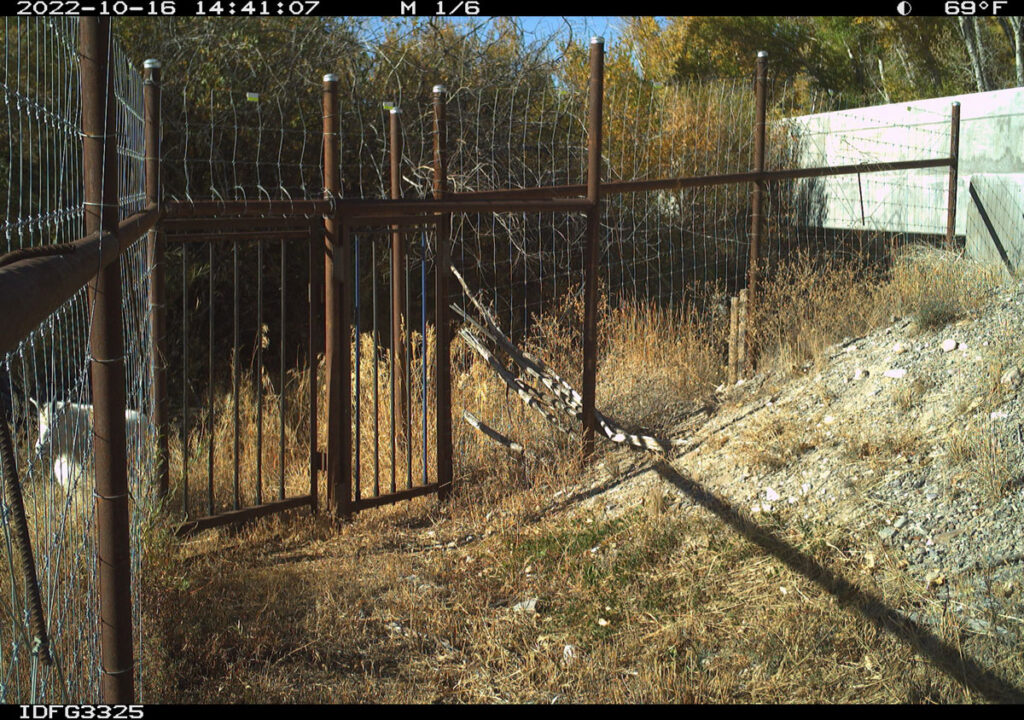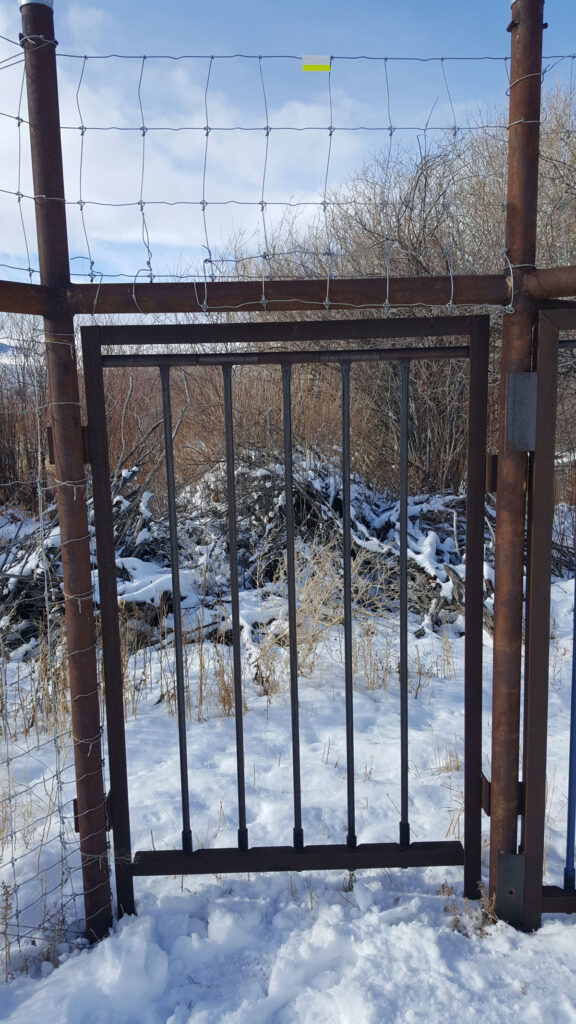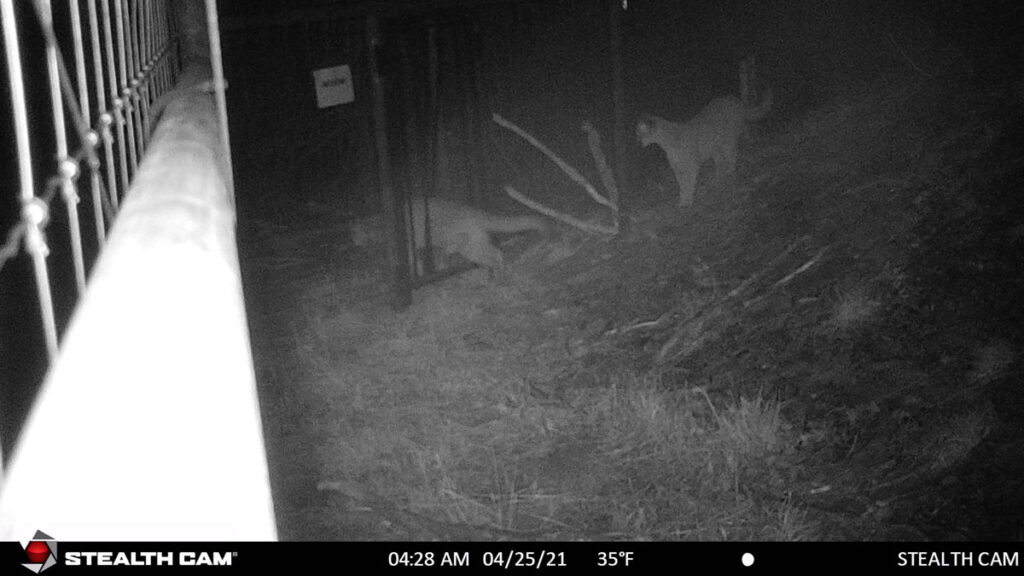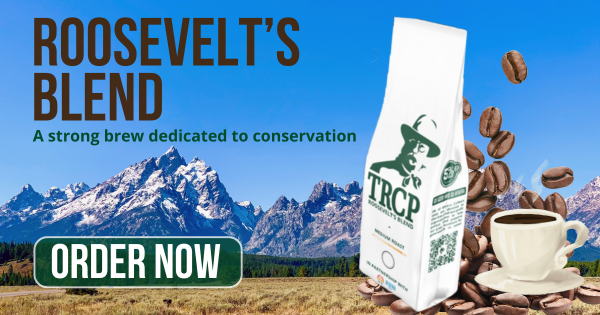USFS management in the revised Grand Mesa, Uncompahgre, and Gunnison National Forests Plan limits disturbance within the most sensitive big game habitats and migratory routes, other forest plan revisions should do the same.
In July, the U.S. Forest Service finalized a revised Grand Mesa, Uncompahgre, and Gunnison National Forests Plan after nearly a decade of analysis and public engagement. Management direction in the plan establishes guidelines that Forest Service staff must follow when authorizing uses in the forests for the next several decades, which is why we applauded the forests’ inclusion of the most up to date science for how agency decisions will affect wildlife populations.
The Forest Service was able to use modern data to limit direct and indirect disturbances to big game caused by habitat fragmentation in sensitive habitats such as summer range and migration corridors. The most influential inclusion in the plan was the establishment of 823,000 acres of Wildlife Management Areas, within which total route density limits have been set to prevent road and trail construction through the most sensitive areas, ensuring that habitat connectivity and function remains at the forefront of management considerations.
The TRCP worked closely with agency staff and our partners during the planning process to ensure these management actions were included, and we encourage other forests to model their future revisions on the GMUG’s efforts to value wildlife needs along with other uses, including increased recreation.
Our contemporary understanding of wildlife movement across the landscape and between seasonal habitats has developed quickly and relatively recently in the last two decades. The advancement of technology from radio collars and radio telemetry to GPS has resulted in efficient and effective means to map animal movement. Modern GPS technology delivers a dozen data points a day, allowing wildlife and land managers to determine precisely where big game herds summer and winter, how they move from one place to another, and where they stop to rest and feed along the way. The TRCP released a report in 2021 highlighting the opportunity to apply cutting-edge science and research concerning wildlife movement to influence public land management across the West.
As new information becomes available, the USFS should include this invaluable data in biennial monitoring reports to inform adaptive management within existing forest plans. And when initiating new forest plans, the agency should design migration-related plan components that are demonstrated to reduce wildlife disturbance. This will allow managers to adapt to new information as it becomes available. Thankfully, tools exist in the forest planning process to utilize this vital wildlife data.
The 2012 National Forest Planning Rule directs the Forest Service to look at the entire ecological and social sustainability of the forest. Intact, healthy wildlife corridors and connectivity are critical to long-term ecological sustainability, and robust big game populations support social values of hunting and wildlife watching that drive many rural Western economies.
More recent investments from the Department of the Interior have supported continued science and learning, which means each year more corridors are identified. Many Western states and tribes are developing this work with the support of the U.S. Geological Survey, who has provided technical assistance to state and Tribal agencies since 2018. This information demonstrates specifically where special management on National Forests, and other lands, is needed.
In the GMUG, the USFS utilized the best available science and modern tools for land use management that resulted in a positive outcome for the future of big game in the forests. A primary challenge to big game conservation in the GMUG is the extensive network of recreational trails in the planning area. The need for public land managers to navigate increased recreational trail opportunities with wildlife, as well as other uses of the forest, is not limited to the GMUG. Between 2014 and 2019, recreational trail use in Colorado grew by 44%, while the number of days spent viewing wildlife increased by 105%i. Increasing recreation opportunity was a desire for the GMUG, yet that opportunity needed to be pared with actions to avoid, minimize, and mitigate for the unintended consequences of trail-based recreation directly and indirectly impacting big game populations.
Elk can survive in some of the harshest environments, but research shows that additional disturbance from humans during their toughest times of the year can prove fatal. In a study of the elk herd in Vail, Colorado, researchers found that if cow elk had to move in response to hikers an average of seven times during calving, about 30 percent of calves died. Resulting data models suggest that if cow elk were disturbed 10 times during calving, all calves would die. When researchers stopped sending hikers through calving areas, the calf survival rate recovered. This suggests that limiting disturbance in production areas and summer concentration areas during calving season could dramatically increase elk calf survival rates.
An analysis and story map developed by the TRCP shows that around 40 percent of the most important elk habitat in Colorado is already impacted by non-motorized and motorized trail users. In this analysis we looked at the overlap between existing recreational trails and high-priority elk habitat, and our results highlight how important management strategies, like development density limits established in the GMUG, are to provide long term benefits for wildlife and recreationists.
The GMUG’s final plan, and the WMAs specifically, set a valuable precedent for other relevant forests within Colorado and the West on how to plan responsible, multiple-use management that conserves the most sensitive big game habitats. Other forests grappling with similar challenges such as increased recreation are the Lolo National Forest (Montana), the Bridger-Teton National Forest (Wyoming) and the White River National Forest (Colorado), which is scheduled to begin a revision in 2025. The GMUG’s model will be extremely relevant in setting future management for these forests, and others, with significant recreation and wildlife values.
The TRCP is your resource for all things conservation. In our weekly Roosevelt Report, you’ll receive the latest news on emerging habitat threats, legislation and proposals on the move, public land access solutions we’re spearheading, and opportunities for hunters and anglers to take action. Sign up now.

